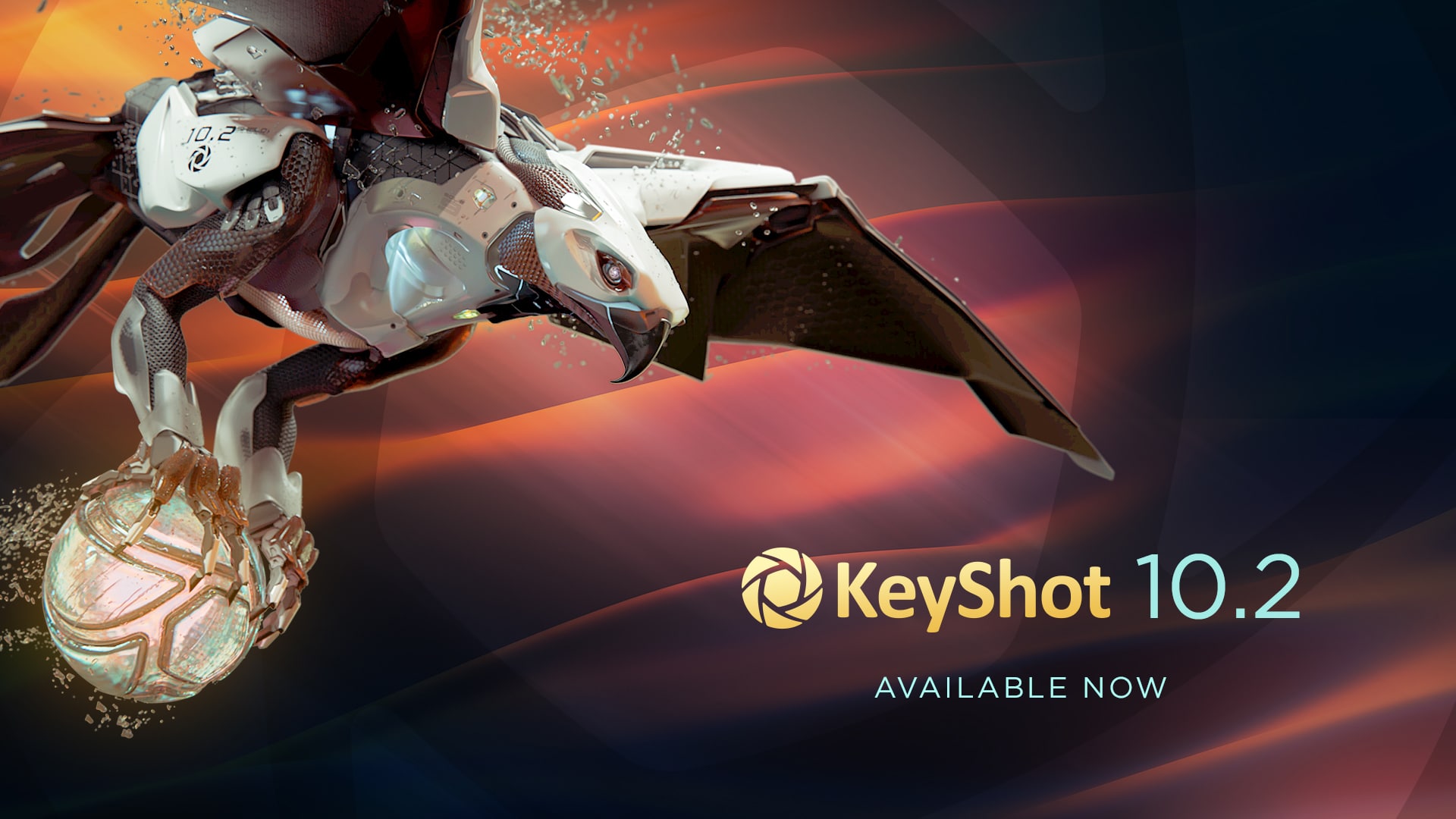

- #KEYSHOT MATERIAL LIBRARY MANUALS#
- #KEYSHOT MATERIAL LIBRARY FULL#
- #KEYSHOT MATERIAL LIBRARY SOFTWARE#
Keyshot users should prepare materials/textures in other software or use PBR mode in Sketchfab without textures. KeyShot currently offers no baking features and very limited material encoding in supported formats (STL and OBJ). The 3ds Max Exporter, for example, is able to bake materials and upload to Sketchfab automatically. Proprietary renderers/shaders like V-Ray, and Mental Ray should have their lighting and textures baked for best results.
#KEYSHOT MATERIAL LIBRARY MANUALS#
Solution home KeyShot Manuals KeyShot 10. Mapping options can be changed with Wrap S and Wrap T: KeyShot 10 KeyShot 10 Floating KeyShot 10 Network Rendering. UV coordinate values can only range from (0, 0) to (1, 1), so there are several ways to wrap a surface with a texture. Texture UV coordinates (u, v) map to surface ST coordinates (s, t). UV Offset and Tiling are not currently supported. If you have more than one UV channel on a single material, you will see an additional interface option to switch between them.


If applying a texture does nothing, or seems to apply a solid color, this can indicate a UV-mapping problem.Try uploading your textures manually in 3D settings.Make sure the path and file names linking the textures are correct.Make sure you include the image files with the upload, and the.Across each of these, improvements in performance and u s age have remained a priority. Clear Coat Normal Map: 'clearcoat normal map' Weve introduced some great new features with KeyShot 10 and t he u pdates with KeyShot 10.2 ro u nd o u t the foc u s with KeyShot 10 in the areas of materials, geometry, and workflow.Clear Coat Roughness: 'clearcoat roughness'.Subsurface Translucency: 'translucency', 'thickness'.Subsurface Scattering: 'scattering', 'subsurface'.Opacity: 'transparency', 'transparent', 'opacity', 'mask', 'alpha'.Emission: 'emission', 'emit', 'emissive'.Bump Map: 'bump', 'bumpmap', 'heightmap'.Normal Map: 'normal', 'nrm', 'normalmap'.AO: 'ambient occlusion', 'ao', 'occlusion', 'lightmap', 'diffuseintensity'.Glossiness: 'glossiness', 'glossness', 'gloss', 'g', 'glossy'.Metalness: 'metalness', 'metallic', 'metal', 'm'.Diffuse / Albedo / Base Color: 'diffuse', 'albedo', 'basecolor'.These are the strings we look for in the suffix: If the model has only one material, we will apply textures based on the shader name match regardless of the material's name or the position of the string in the name of the image file.

For example, if you have a material named " Material1", you could name your textures like " Material1_diffuse.png", " Material1_metallic.png", etc.Īvoid material names with special characters, especially periods '.', underscores '_', and hyphens '-' because it can break the match.Īvoid material names with matching substrings, for example "handle" and "woodenhandle" in the same scene. The format is " MaterialName_suffix.extension". Use our texture naming conventions to help us automatically choose settings and apply textures to the right shader slots. If you experience issues with compression artifacts, especially on normal maps ("blocky" or "pixelated" textures, please see this post. The material presets you see are all created using a KeyShot Material Type.
#KEYSHOT MATERIAL LIBRARY FULL#
3D Settings always uses full resolution, uncompressed textures. Material presets are found in the KeyShot Library, Material tab. Textures are re-processed each time you change Material settings, with a small delay. Stylized wood blender.For performance reasons, non-"power of 2" textures will not be used the viewer uses to the closest, smaller version.


 0 kommentar(er)
0 kommentar(er)
